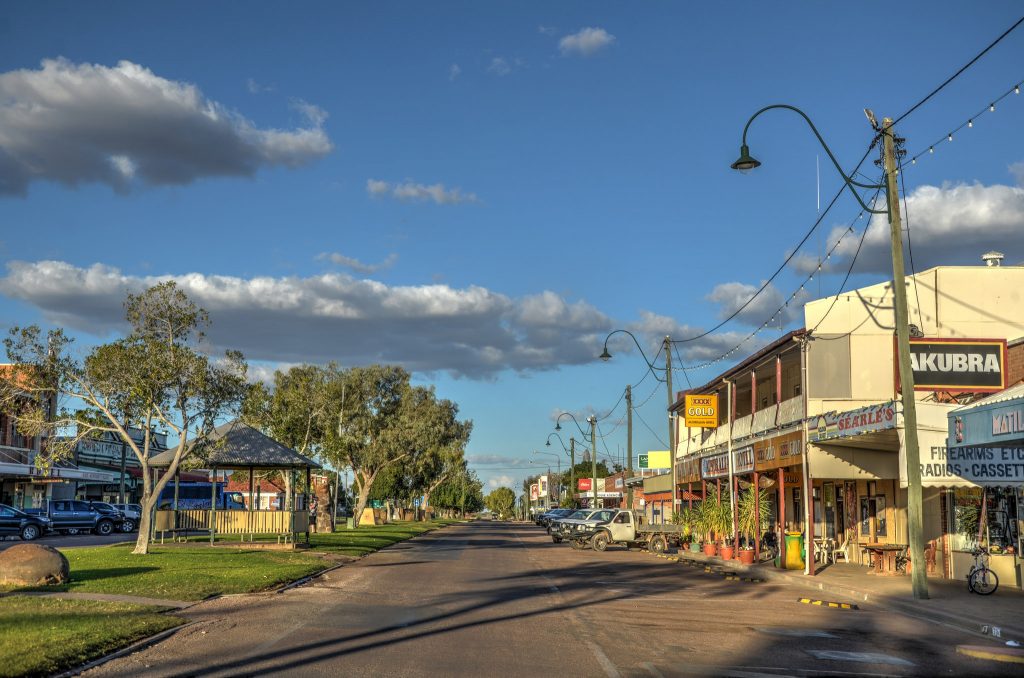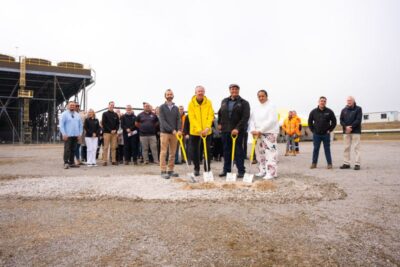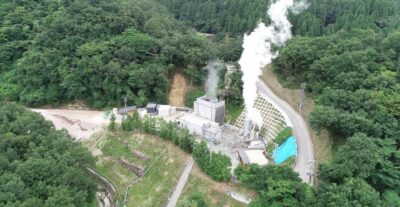Small-scale geothermal ORC plants to fuel outback communities in Queensland, Australia
Small rural communities in the outback of the State of Queensland in Australia are looking at small-scale geothermal ORC plants for power generation with the first plant to come online in early 2017.
At the recently held China Geothermal International Forum, I had the pleasure to hear a presentation from a researcher of the University of Queensland in Australia. It was great to hear that not everything is lost on geothermal in Australia.
Through its Geothermal Energy Centre of Excellence, the school of Mechanical & Mining Engineering of the University continues its research on geothermal and possible applications in the state of Queensland through a AU$15 million grant from the government.
Through its work the center has developed an innovative new cooling tower technology to reduce water consumption and the cost of generating electricity in regional Australia. Remote Australian communities need cost effective small scale power generation options. Small scale thermal power plants (1-10 MW) using renewable sources (geothermal, biomass and solar thermal) could meet this need, and these technologies require cooling towers that work efficiently at small scale without consuming excessive amounts of water. (more details)
With lower temperature geothermal resources, there is still a chance for the development of geothermal projects. Several communities in the outback of the State are looking into geothermal projects to save up to AU$150 million in energy generation cost. These through the application of binary cycle geothermal plants based on Organic Rankine Cycle technology. Temperatures are expected to be around 80 to 100 degrees Celsius.
Five western Queensland councils, as reported by local media, have made steps toward utilising the Great Artesian Basin. One project in Winton is actually already developing a plant. The project has been supported by the Centre of Excellence at the University of Queensland, through a feasibility study and assessment of the geothermal potential for Winton, as part of Local Government Infrastructure Services. (more details)
The geothermal power project at Winton is said to be financed by the council through an investment of AU$3.5 million. Other projects could be built in Quilpie, Thargomindah, Normanton and Longreach. The area has a size of around 54,000 sq. km and a population of 1,400 people.
The communities are also riddled by transmission issues, as a lot of power is lost through transmission lines.
So while these communities are small and in the overall scale of things not big at all, they could have a huge impact to those remote and small communities in the outback of Queensland … providing a sustainable, clean and cheaper source of electricity.
With geothermal energy seemingly having disappeared as option, it is great to hear that there are still projects and real ones in development. So while the first plant at Winston could start operation in early 2017, the other plants could take another 18 months to become a reality.
Overall there are up to 16 additional sites that could see that kind of geothermal development in the state of Queensland. The overall capacity could then reach 100 MW through a combination of geothermal, solar and biomass fuelled power generation.
Source: The Courier Mail


















